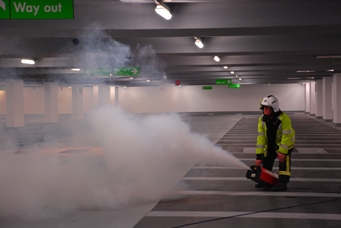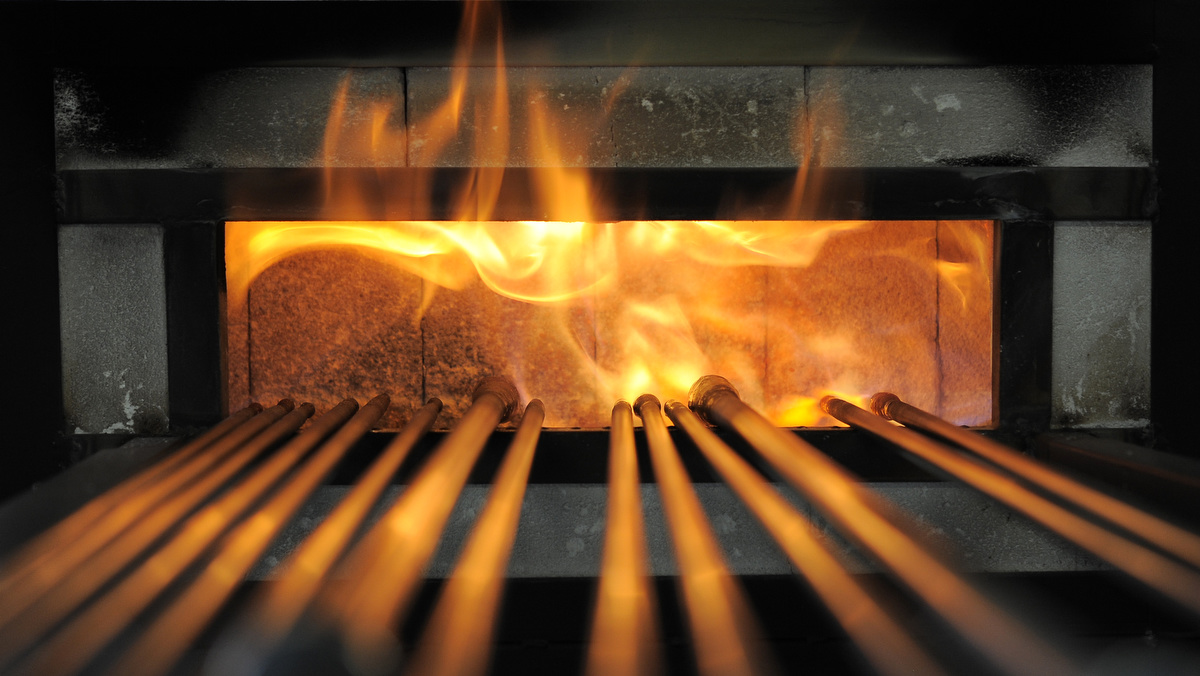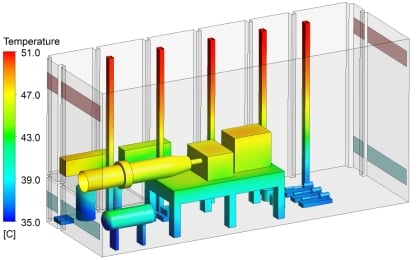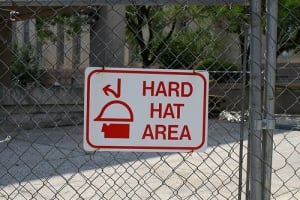One of the biggest challenges in the design of smoke control and pressurisation systems currently is the relatively recent trend towards installing full height doors which extend all the way to the underside of the ceiling, and/or very wide single leaf doors.
Read More
Topics:
Smoke Control,
CFD,
Pressurisation
Consider the sources of inlet air to ensure that the ventilation scheme in your factory will work effectively
Whether your factory is relatively airtight or not, you have to consider the fact that nature doesn’t like a vacuum. If you try to extract air from an enclosed space and no air comes in to replace what you are trying to extract, nothing will move. So it’s not enough to install a ventilation system; you also need a path for air inlet. This blog post demonstrates that this needs careful design.
Read More
Topics:
Productivity,
Factory Survey,
Natural ventilation,
CFD
The quick answer is: in most cases. Power plants generate large amounts of internal heat and tend to be in tall buildings, which present ideal conditions for natural ventilation to work at its most efficient.
Read More
Topics:
Natural ventilation,
CFD,
Energy saving,
Climate Control,
Industrial ventilation,
Power Plants
Let me make it clear. I’m talking here about systems providing smoke control, not just smoke clearance as recommended in Building Regulations. These systems are much more complex and costly than compliant smoke clearance systems, so why would anyone choose to use them?
Read More
Topics:
Smoke Control,
CFD,
Smoke ventilation,
Car Park Ventilation
Who doesn’t love the smell of freshly roasted coffee? But there can be too much of a good thing, and coffee roasting facilities have more to worry about than an excess of fragrance: they have to cope with the high levels of heat generated, which becomes even more of an issue during the summer months, as well as the build-up of carbon monoxide concentrations in the 72 hours following the roasting process. Efficient ventilation to extract the excess heat and carbon monoxide is essential.
Read More
Topics:
CFD,
Climate Control,
Overheating,
Evaporative cooling,
Industrial ventilation
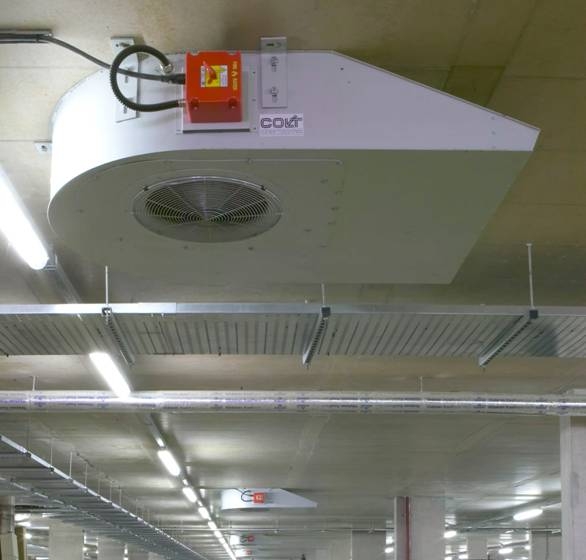
Car Park Ventilation: Q&A
First of all a big thank you to those who attended my webinar last Friday on 'Car Park Ventilation'. If you missed it or would like to watch it again, a recorded version is available here. Many questions were asked after the presentation and I decided to post them here for everybody’s benefit.
Read More
Topics:
Smoke Control,
CFD,
Smoke ventilation,
Car Park Ventilation,
CPD
Natural gravity ventilation is the best cooling solution
The benefits of natural ventilation in large industrial buildings are clear and well accepted: no electricity is needed to operate the system, as it simply uses the energy present in the warm air – and there is plenty of this in a glass factory – and this buoyancy-driven airflow is virtually maintenance free.
You can read more about the benefits of natural ventilation in our previous blog post: Natural ventilation is the solution for most heat intensive industries.
Read More
Topics:
Productivity,
Natural ventilation,
CFD,
Energy saving,
Industrial ventilation
In the vast majority of cases, natural ventilation is the most effective and economic solution for factories housing production processes generating high levels of heat:
• Natural ventilation is best suited to buildings where a large amount of internal heat is generated, since this leads to a high temperature gradient.
• If the building is tall, then this provides even more ideal conditions for natural ventilation to work at its most efficient, since this creates a good stack effect that makes moving air between different levels within the building easier.
Read More
Topics:
Factory Survey,
Natural ventilation,
CFD,
HVAC
For power generation plants to work efficiently, temperatures within the building must be maintained below a maximum level above which the operation of the process equipment will be affected.
Read More
Topics:
CFD,
Industrial ventilation,
Power Plants
Power generation plants are complex building installations. When designing a ventilation scheme for this type of facility, the necessary calculations can’t be done on the basis of drawings alone. You need the right expertise in climate control and the right tools – a Computational Fluid Dynamics (CFD) analysis carried out by an expert is the best answer.
A powerful tool for a complex problem
Read More
Topics:
Natural ventilation,
CFD,
HVAC,
Power Plants
Over the last 40 years or so, Building Regulations have become much less prescriptive. Where once we had Mandatory rules for means of escape in case of fire, we now have simple regulations requiring reasonable or adequate protection from fire, backed up by an Approved Document that becomes less prescriptive with every revision and embraces the use of fire engineered alternatives.
Read More
Topics:
CFD,
Regulations
Buildings are becoming increasingly airtight to meet energy efficiency and low carbon emission regulations, such as the Approved Document L (ADL). This means that, when designing the building’s smoke control system, it is essential to include not only means of extracting the smoke, but also ways to let the air in.
Why is that so much more important with airtight buildings?
Read More
Topics:
Smoke Control,
CFD,
Regulations,
Smoke ventilation




